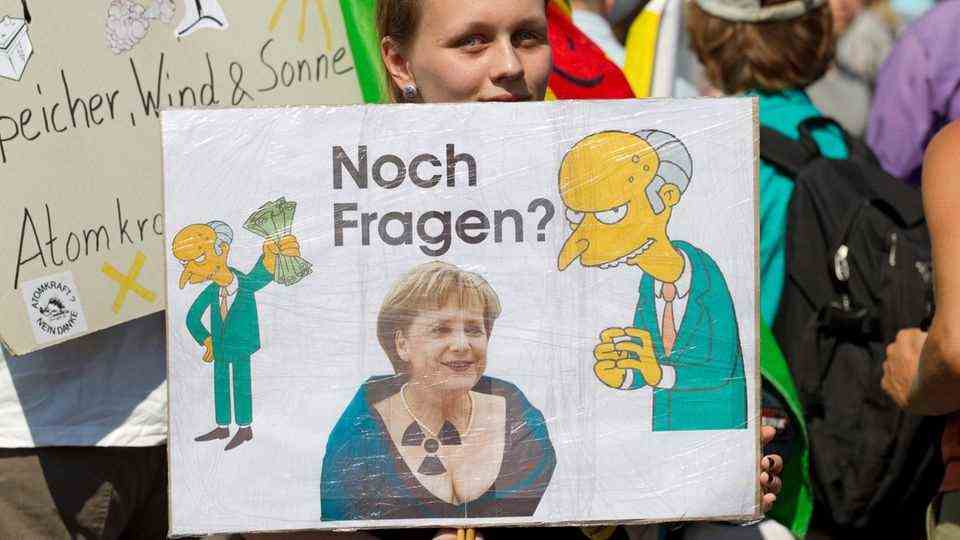Paris Climate Agreement
IEA report: Required global emissions reductions are not enough
According to the current IEA report, the share of renewable energies such as wind and solar energy must be increased in order to achieve the climate targets (symbol image)
© Patrick Pleul / Picture Alliance
According to the annual report of the International Energy Agency (IEA), the global energy transition is proceeding too slowly to achieve the goals of the 2015 Paris Agreement. Additional investments are often less expensive than expected.
According to the latest assessments by the International Energy Agency (IEA), the energy transition towards renewable energy is taking place too slowly worldwide. As stated in the IEA’s annual report published on Wednesday, investments in the field would have to be more than tripled in the next ten years in order to still be able to achieve the climate targets of the 2015 Paris Agreement. “About 70 percent of this additional expenditure has to be made in emerging and developing countries,” said agency boss Fatih Birol.
IEA report: Share of renewable energies is growing
According to the report, the share of renewable energies such as wind and solar energy continued to grow in 2020. However, these advances were not enough to bring global greenhouse gas emissions to zero by 2050.
The IEA advises industrialized countries on questions of energy policy. She looked at two scenarios for her calculations. The first is based on measures that have already been or are being implemented by industrialized countries.
First scenario: global temperature increase by 2.6 degrees by 2100
According to this, almost the entire additional energy requirement would be covered by low-emission sources by 2050. However, due to the expansion of the energy infrastructure at the national level in developing countries, annual emissions would remain roughly the same as they are today. In this scenario, the IEA assumes a global temperature increase of 2.6 degrees by 2100 compared to pre-industrial times.
The second scenario includes the promises made by the governments of some countries to achieve climate neutrality in the foreseeable future. The IEA assumes that investments in clean energies will double over the next ten years.
Second scenario: global temperature increase by a maximum of 2.1 degrees by 2100
If these commitments were implemented on time and in full, the demand for fossil fuels would peak by 2025 and global CO2 emissions would decrease by 40 percent by 2050, the IEA said. This would limit the global temperature rise to 2.1 degrees by 2100 – which is still well above the 1.5 degree target of the Paris Agreement.
The IEA argues that additional investment might be less costly than some think. “More than 40 percent of the required emission reductions would come from self-sustaining measures such as improving efficiency, limiting gas leaks or installing wind or solar power in places where they are now the most competitive power generation technologies,” it said it in the report.
“The social and economic benefits of accelerating the transition to clean energies are enormous, and the costs of inaction are immense,” said IEA chief Birol.

You can see in the video: Almost 40 percent of global CO2 emissions arise in the construction sector – and that with a rapidly growing world population. In the climate update from stern, GEO and RTL / ntv, presenter Maik Meuser addresses the important question: “How does sustainable building work?”


